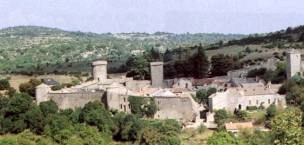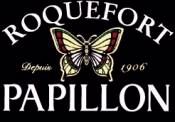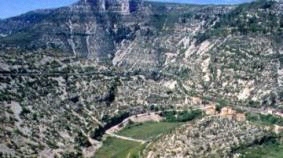Their property was transferred to the Knights of St. John of Jerusalem, who further enlarged and strengthened the strongholds. In 1159, just after the first crusade, the Count of Barcelona, King of Aragon turned over his possessions in Larzac to Élie de Montbrun, the Temple master of Rouergue. The Templars, a religious military order, would henceforth protect these new lands, build strongholds and make them prosper. They turned out to be excellent administrators and developed agriculture and sheep raising, as can be seen from many of the "granges", the former Templar farms, that still dot the countryside.


